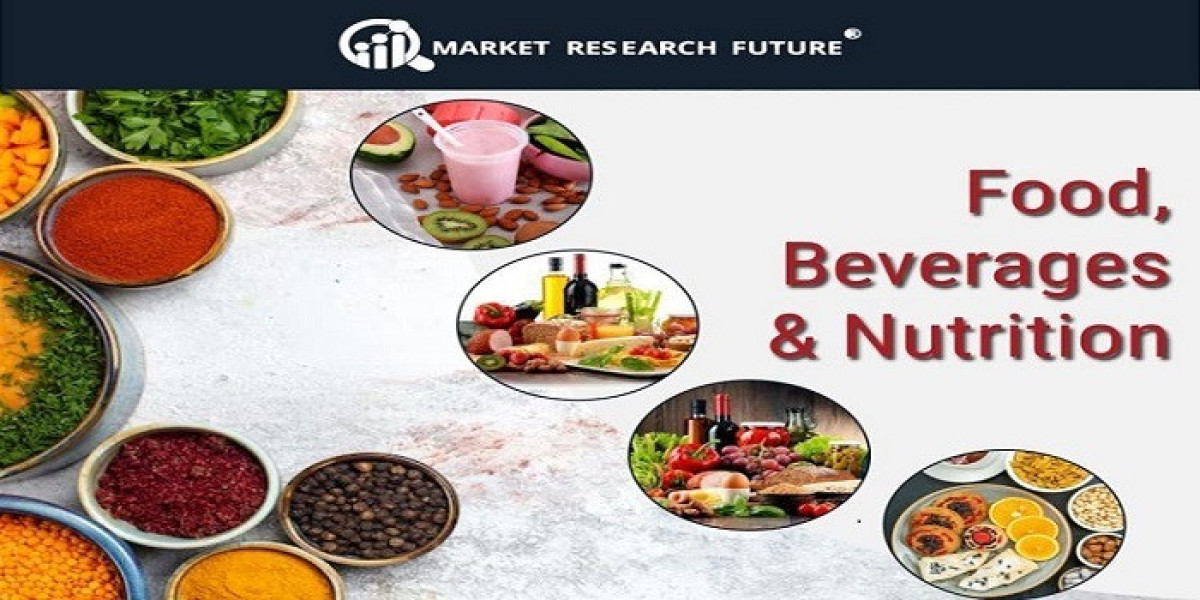With the sugar-free confectionery market projected to grow from ~USD 2.43 billion in 2024 to ~USD 4.04 billion by 2034 (CAGR ~5.2%), the category offers a strong growth path. Below is a play-book for strategy.
1. Define your value proposition & target segment
Are you targeting mass market or premium niche? Gifting segment (box chocolate) vs everyday snack (chewing gum or candy)?
Decide product type: sugar-free chocolate, sugar-free candy, sugar-free gum, sugar-free nuts? Each has different cost/price/consumer dynamics.
Align formulation and brand story accordingly (health/diet vs premium indulgence vs gifting).
2. Product & Ingredient Strategy
Select sweetener and formulation: sugar alcohols vs natural sweeteners vs blends.
Invest in sensory experience: taste, texture, visual appeal of sugar-free versions must match consumer expectations.
Consider functional claims (diabetic-friendly, low-glycemic, tooth-friendly) to strengthen positioning.
For premium segment: include premium ingredients (nuts, high cocoa %, exotic flavours) and packaging.
3. Packaging & Format Strategy
Packaging influences perception: boxes script premium/gifting; sachets serve everyday snack.
Single-serve vs multipack: multiple price tiers.
Design must communicate sugar-free credentials clearly and appealingly.
4. Distribution & Channel Strategy
Store-based retail (supermarkets, hypermarkets, convenience) currently dominates; ensure shelf presence.
Online & D2C: offer niche/specialty sugar-free lines, subscription models, direct-to-consumer engagement.
Ensure multi-channel coverage and monitor growth of online penetration especially for health-conscious consumers.
5. Regional & Expansion Strategy
Mature markets: North America & Europe—focus on premium, product innovation, brand differentiation.
Growth markets: Asia-Pacific—adapt flavours, price points, pack sizes; increase awareness/education.
Consider local manufacturing/sourcing in emerging markets to lower cost and improve responsiveness.
Be mindful of regional regulation (sweetener limits, labeling “sugar-free”) which differ by region.
6. Marketing, Branding & Consumer Engagement
Emphasise taste, indulgence, and health—“enjoy without sugar”.
Use influencer marketing, sampling campaigns, in-store promotions.
Build the lifestyle story: healthy indulgence, diabetic-friendly, dental-care friendly, low-calorie treat.
Packaging and POS must reinforce sugar-free message, clean label, premium credentials.
7. Cost Management & Scale
Sugar substitutes and premium packaging often raise cost—scale helps margin.
Efficient supply-chain, manufacturing optimisation, sourcing of sweeteners are crucial.
Monitor cost of sweeteners and regulatory changes (sweetener approvals, sugar-taxes) that may affect cost/pricing.
Challenges to guard against
Price sensitivity: premium sugar‐free may face resistance if priced too high versus conventional sweets.
Taste/texture trade-offs: inferior sensory experience may lead to consumer rejection.
Regulation/claims complexity: labeling “sugar-free” must meet legal thresholds; misleading claims can cause trust issues.
Competitor proliferation: as more brands enter sugar-free category, differentiation is tougher.
Conclusion
The sugar-free confectionery market presents a meaningful growth opportunity for confectionery brands and manufacturers—but success will come to those who combine clear positioning, excellent product formulation, multi-channel distribution and smart marketing. With growth trending and health-led consumer behaviour, the time to act is ripe. Brands that execute well in sugar-free will capture both health-conscious consumers and the indulgence seekers.







